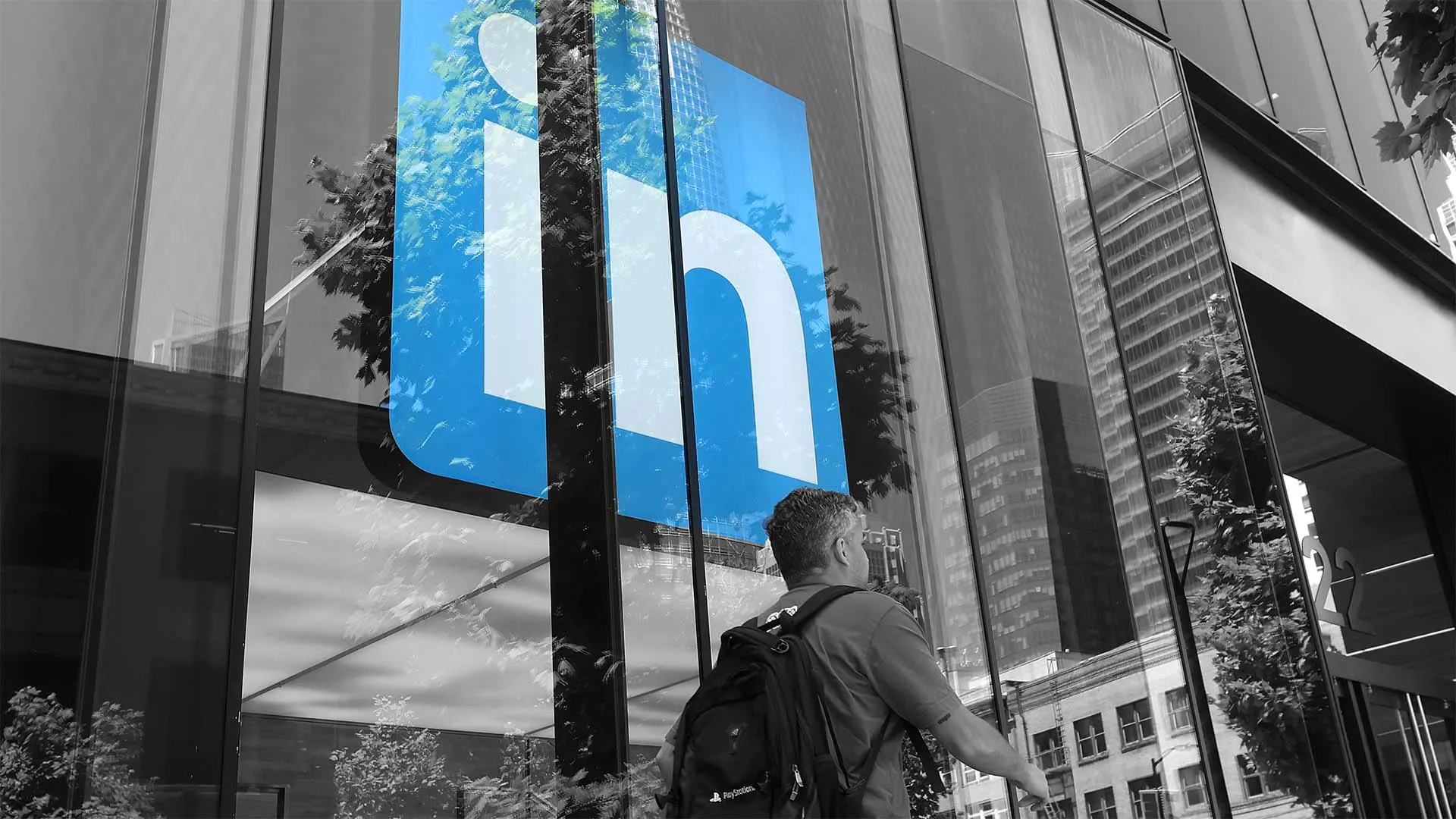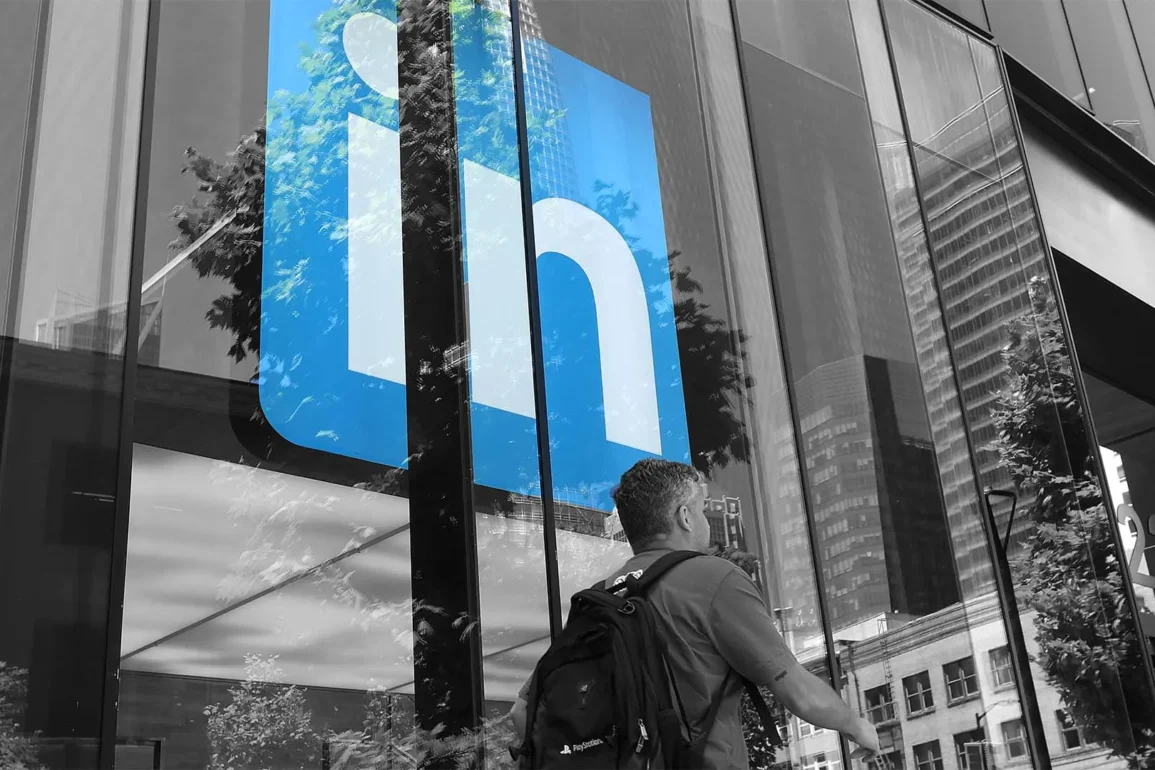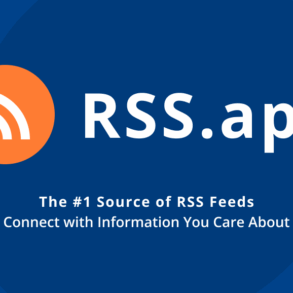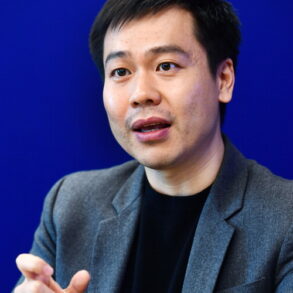
If there’s one truth that keeps getting reinforced as the tech sector struggles to get back to something resembling glass-half-full employment, it’s that very few job seekers are finding a job using LinkedIn.
Who knew?
Yes, while the anecdotal evidence is overwhelming, it’s mostly anecdotal, because the only data I could find comes from LinkedIn, and those numbers are all pre-crunched and aggregated to paint big, broad strokes that … honestly, really only exist to put a positive light on the potential value of LinkedIn as an influencer in the recruiting process.
That word, influencer, is important. I’ll get to it, because it’s part of the problem. And it’s not just a problem with LinkedIn. It’s about LinkedIn’s role in the future of work.
What Would You Say … You Do Here?
Here’s an example of that broad-stroke data from an April 2024 post titled “How to Attract the Right Job Offers With Your LinkedIn Profile.”
Recent data collated by LinkedIn suggested that job seekers with comprehensive LinkedIn profiles have a 71 percent higher chance of getting a job interview, and 87 percent of recruiters found LinkedIn effective to vet candidates during the hiring process and describe it as an integral part of the talent acquisition process.
Nothing in there about the chances of landing a gig. The rest of that article’s advice basically boils down to using LinkedIn’s social features to enhance those chances.
And maybe that’s the problem.
Maybe the reason why you can’t find a job on LinkedIn is because LinkedIn is a social network.
I know. Duh. Let’s all slap our foreheads in unison.
But like I said, the problem is actually bigger than that.
LinkedIn Was Always a Social Network
A warning, this gets way into reckless speculation. Not my fault.
I brought this concept to one of my independent recruiter friends — a new friend, someone I met through his responses to my now yearlong series of posts diving into this topic. But before I could even finish the thought, he stopped me.
“No, no, no, Joe,” he said. “The problem isn’t that LinkedIn is a social network. It’s that companies have adopted the social media structure, including into their hiring.”
Whoa. That’s conspiratorial enough to make you stop and think right before you summarily dismiss it.
I live for these moments.
He went on. I’ll paraphrase, because it was, like, an hour.
This is an evolution that goes all the way back to the emergence of the business internet in the late freakin’ 1990s. That’s when companies across the board started realizing they needed to become brands, not just musty business organizations. This worked for both sides of the table, management and labor, through the aughts and even into the 2010s, when social networks started to become part of the mainstream.
But as the revenue model for those social networks, let’s say, devolved into users-as-product, and as the driving force of engagement slowly but surely shifted from a friend-to-friend relationship to the current influencer-to-follower relationship, that same shift started happening, a little late but just as pronounced, on LinkedIn.
Let’s put two and two together.
Companies—now brands—and in some cases their leaders, are the influencers. And employees and customers are the followers in this relationship.
This is awkwardly true, no matter how pedestrian the industry or how traditional the relationship it replaced. Like a 50-year-old using a dating app, it’s just what you do now. But that said, the influencer-follower relationship is much more embedded into the fabric of the company the closer the industry is to the digital lifestyle.
So you want to know why it’s much harder to hire or find a job in tech than it is in most other sectors? We’re all trying to find employment on a social network.
Is he wrong?
He’s wrong, right?
LinkedIn Traffics in Traffic
I’ve known LinkedIn was a social network all along. If you found this post via LinkedIn, be sure and let them know.
And that being true, then it stands to reason that asking how much LinkedIn contributes to the chances of a person finding a job is like asking how much TikTok contributes to a person’s social growth.
Why bother even measuring? That’s not what it’s for.
The answer is, at best, “negligible.” Negligible as in, if it happens, great! But it’s probably just a byproduct, a lucky accident.
Same with LinkedIn and finding a job. Because LinkedIn’s job isn’t finding you a job, it’s getting you to engage with other influencers (companies) and followers (employees) by constantly maintaining a — hold on, let me go back up and copy/paste some words from that quote above — “comprehensive LinkedIn profile.”
LinkedIn is doing its job as long as it makes you “feel” like you’re finding a job.
Now tell me he’s wrong.
Yeah, Maybe He’s Wrong
But let me leave you with this, from my own conspiratorial bucket.
In the current social schema, we’re all influencers now, even us followers. The powers that be just pay some of us a little bit to wield our influence to increase their own influence. And much like there are all kinds of tools and coaches and filters to make you a TikTok star, there are just as many tools and coaches and AIs to help you create the perfect “comprehensive LinkedIn profile.”
But eventually, when everyone is a creator, there is no audience. We’re all just posting jobs and sending applications into the echo chamber.
God, I hope he’s wrong.
If this post “influenced” you, join my email list and get a heads-up when I’m published here.
The opinions expressed here by Inc.com columnists are their own, not those of Inc.com.
This post was originally published on this site be sure to check out more of their content








